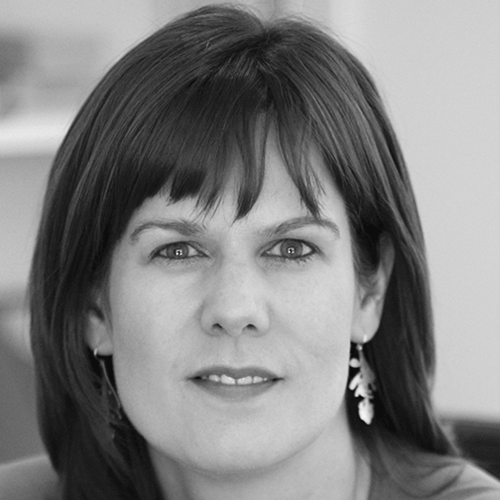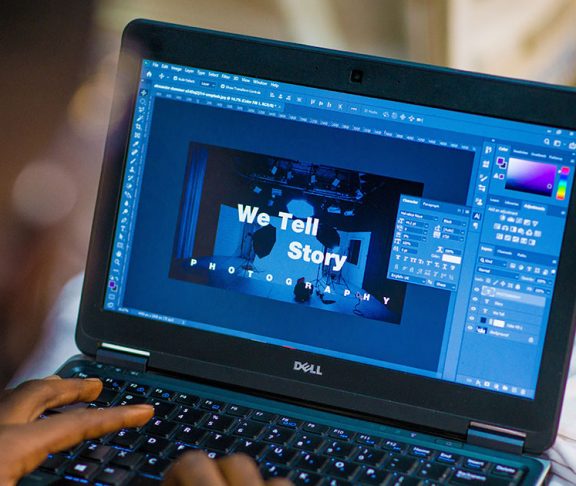Art and design is a rapidly growing sector that significantly impacts the economy and has played a critical role in innovation and start-up culture.

Deborah Obalil
Executive Director, Association of Independent Colleges of Art & Design
Pre-pandemic, per the Bureau of Labor Statistics (May 2018), there were over 5 million people employed directly in art and design occupations across multiple industries. Although the pandemic impacted many of those jobs, all are emerging even stronger as the U.S. economy recovers.
Many of the products and services we use every day were initially the idea of an artist or designer. Everything from the Swiffer to the original Mazda Miata was designed by a graduate of an art and design college. Airbnb, a company that changed the travel industry, was created by two design graduates. Of course, every building begins as an architect’s drawing, every piece of furniture as a design sketch, every piece of clothing the idea of a fashion designer. Art and design surround us and are integral to our economy.
Recent research conducted by the Association of Independent Colleges of Art & Design (AICAD) across the United States and Canada shows that while middle and high school students have strong interest in art and design, they and their parents know little about potential careers connected to those interests. Following are examples of possible careers available to graduates of art and design programs:
1. Film production designer
This person is responsible for the entire visual concept of a film. Essentially, they create the world in which the film happens. Everything from sets, lighting, props, locations, and more is under the purview of the film production designer. Successful film production designers might have studied architecture, graphic design, fine art, or interior design.
2. Artist for retail brands
Retail brands such as Anthropologie and Crate & Barrel employ artists in a variety of roles, from using original artwork as the patterns on products to creating visual representations of the products in use. Fine arts and illustration are common majors that lead to this career.
3. Prototype specialist
Many manufacturers employ prototype specialists to test new product designs. These specialists have often studied sculpture or industrial/product design in college, where they learn how to work with a wide range of materials as well as advanced technology such as 3-D printers.
4. Currency designer
Yes, our money is created by artists and designers. The U.S. Mint and other global currency regulators employ artists and designers to create new designs for bills and coins. Studying fine arts, graphic design, illustration, and other visual fields can lead to this career.
5. Social media designer/art director
Those viral social media campaigns from brands large and small all began with artists or designers. From entry level roles like social media designer to senior roles like art director, careers in brand development, advertising, and communications often begin with studying fields like graphic design, visual communications, and illustration.
6. User experience/user interface designer
As software, technology, and applications continue to expand into all aspects of our lives, there is a growing need for designers who can envision the user experience and work collaboratively with coders and computer engineers. While there are educational programs specifically focused on this field, studying industrial, product, and graphic design can also lead to these careers.
7. Medical sculptor or illustrator
Visual representation is a critical component of the medical field. From the creation of new technology to representations of healthy and diseased bodies, visual communication skills are key. Those who study sculpture and illustration, along with the sciences, can pursue this career.
Clearly, people with visual creative skills and interests are needed across a range of industries. Individuals with a creative education are in demand not only in these careers where they can apply specific skills, but also more broadly across business.
Creativity and innovation are buzzwords across industries today. The ability to think creatively, problem-solve, and innovate are essential skills in today’s workplace. According to a recent study by The Conference Board, employers identify creativity and innovation among the top five skills that continue to increase in importance. Through learning by making, engaging in a rigorous and focused track of study with like-minded mentors and peers, research, and creative play and risk-taking, art and design students acquire critical thinking and problem-solving skills which prepare them for the workforce and for the creative careers of today and the future.

